Description
The Temple of Amada
The Temple of Amada is a real hidden gem, and one of the oldest temples in Nubia. It was built way back in the 18th Dynasty by Thutmose III, with some help from his successors. It’s a bit smaller than other temples you might see in Egypt, but what makes it so special is what’s on the inside.
The reliefs and inscriptions inside the temple are incredibly well-preserved, and a lot of the original colors are still there. This is because when the temple was later used as a church, Christians covered the ancient art with plaster. They were just trying to cover up the “pagan” images, but it ended up acting like a protective layer, saving the art from damage.
Like many other monuments in the region, the Temple of Amada was in danger of being submerged by the rising waters of Lake Nasser when the Aswan High Dam was built in the 1960s. Instead of being cut into blocks, it was moved in one single piece—which was a huge engineering feat—to a new, higher location. This was all part of a major international campaign to save Nubian monuments.
The Abu Simbel Temples (or “Al Sebou'”)
The Abu Simbel temples are probably the most famous sites in Egypt after the pyramids. There aren’t just one, but two massive rock-cut temples built by Ramesses II during the 19th Dynasty. He wanted to leave a lasting monument to himself and his favorite queen, Nefertari.
The larger one is the Great Temple, and it’s dedicated to Ramesses II himself. The front is guarded by four enormous, seated statues of Ramesses, each about 65 feet tall! One of them was damaged in an ancient earthquake, and you can still see the pieces on the ground today. The temple’s most amazing feature is its solar alignment: on two days of the year, the sun’s rays shine all the way through the temple to illuminate the statues in the innermost sanctuary.
Just a short walk away is the smaller temple, dedicated to Queen Nefertari and the goddess Hathor. What’s cool about this one is that the statues on the facade—four of Ramesses and two of Nefertari—are all about the same size, which was a big deal at the time and showed how much he respected her.
The most incredible story about Abu Simbel, however, is that it was also saved from the waters of Lake Nasser. In a massive international effort, the two temples were completely cut into over a thousand huge blocks and reassembled on higher ground, saving these unbelievable monuments for future generations.

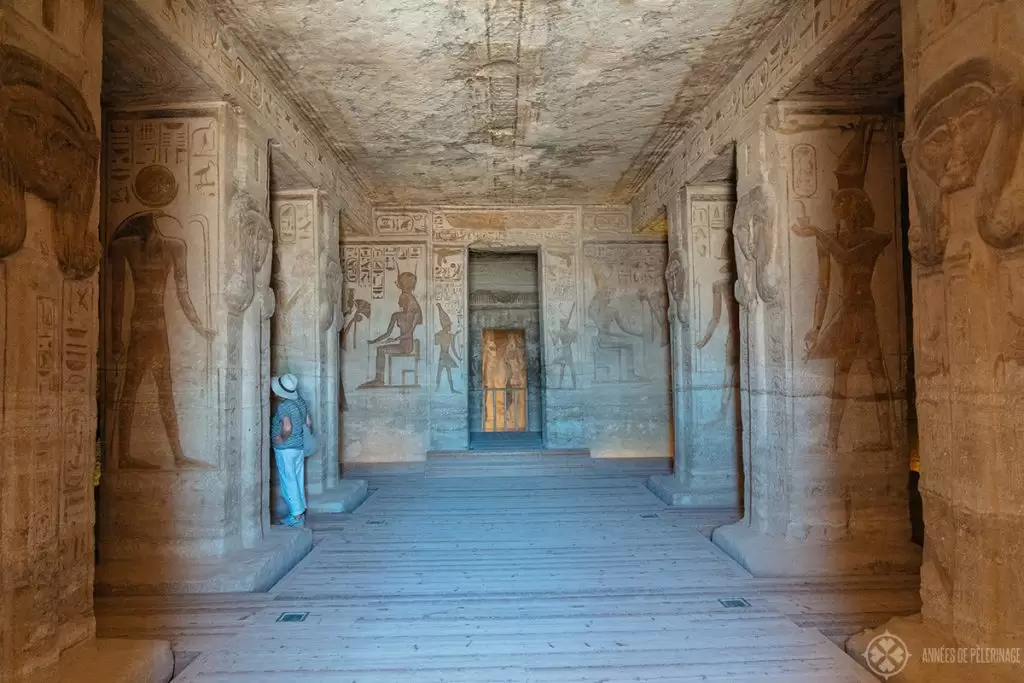
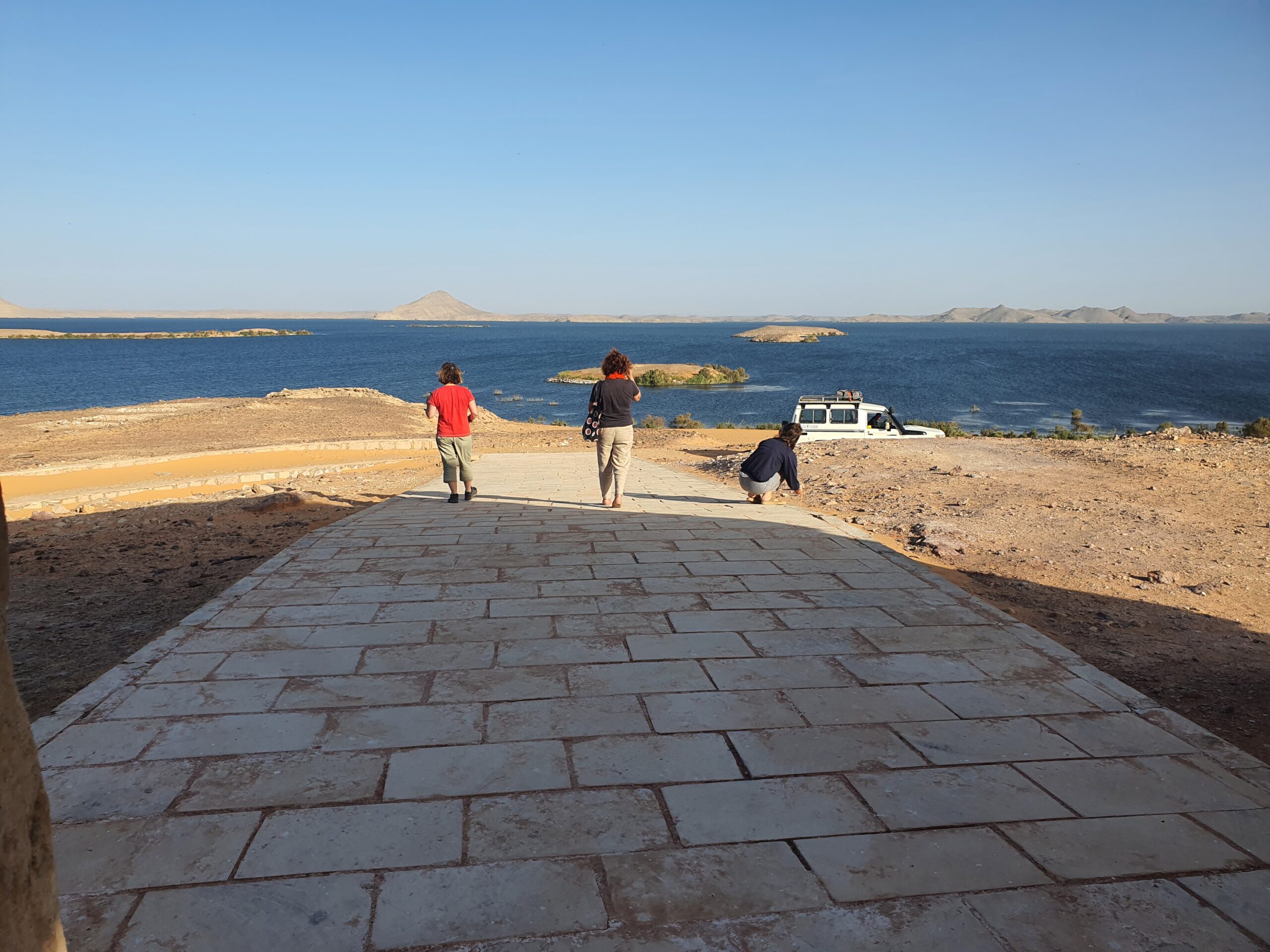
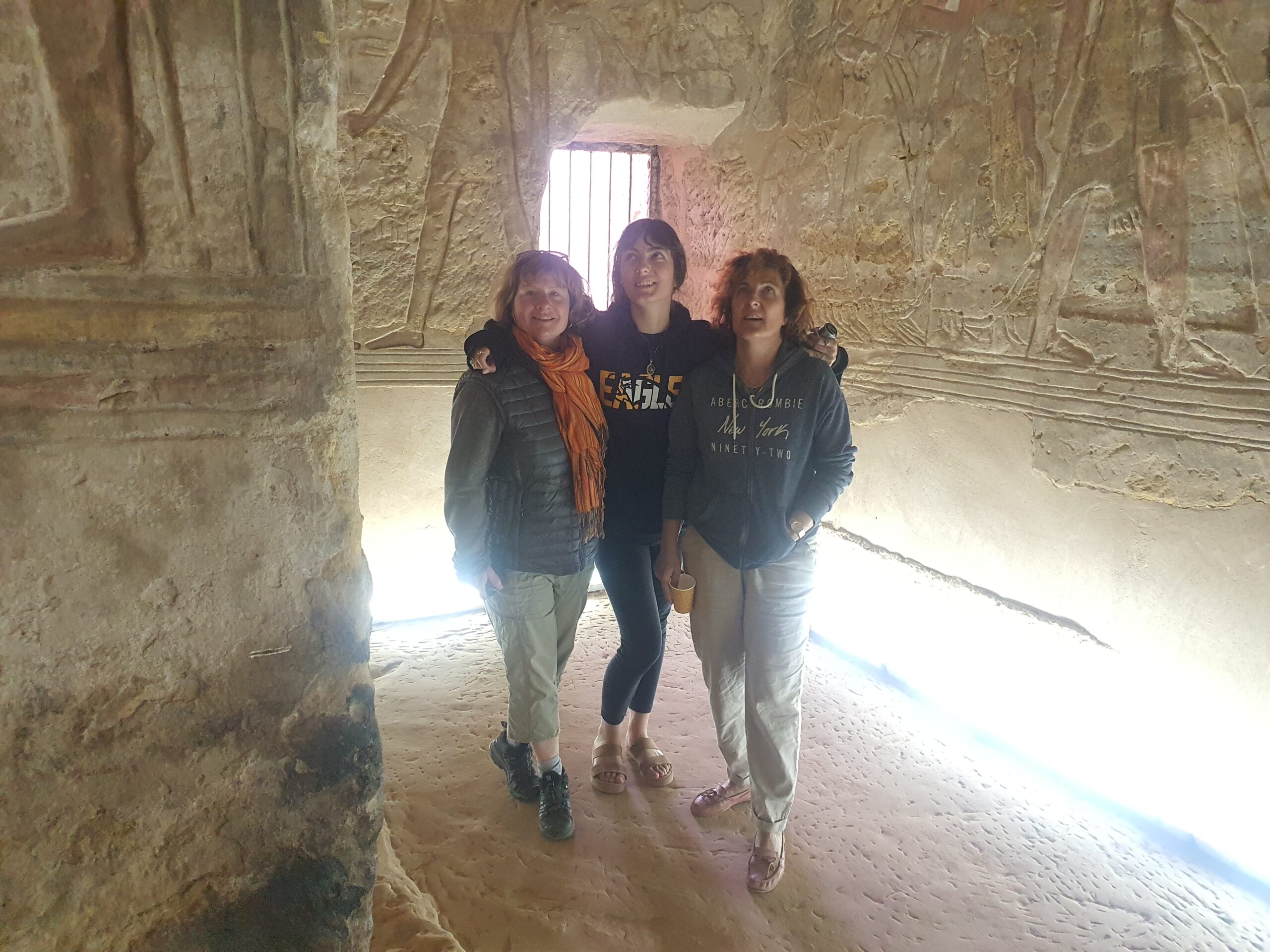
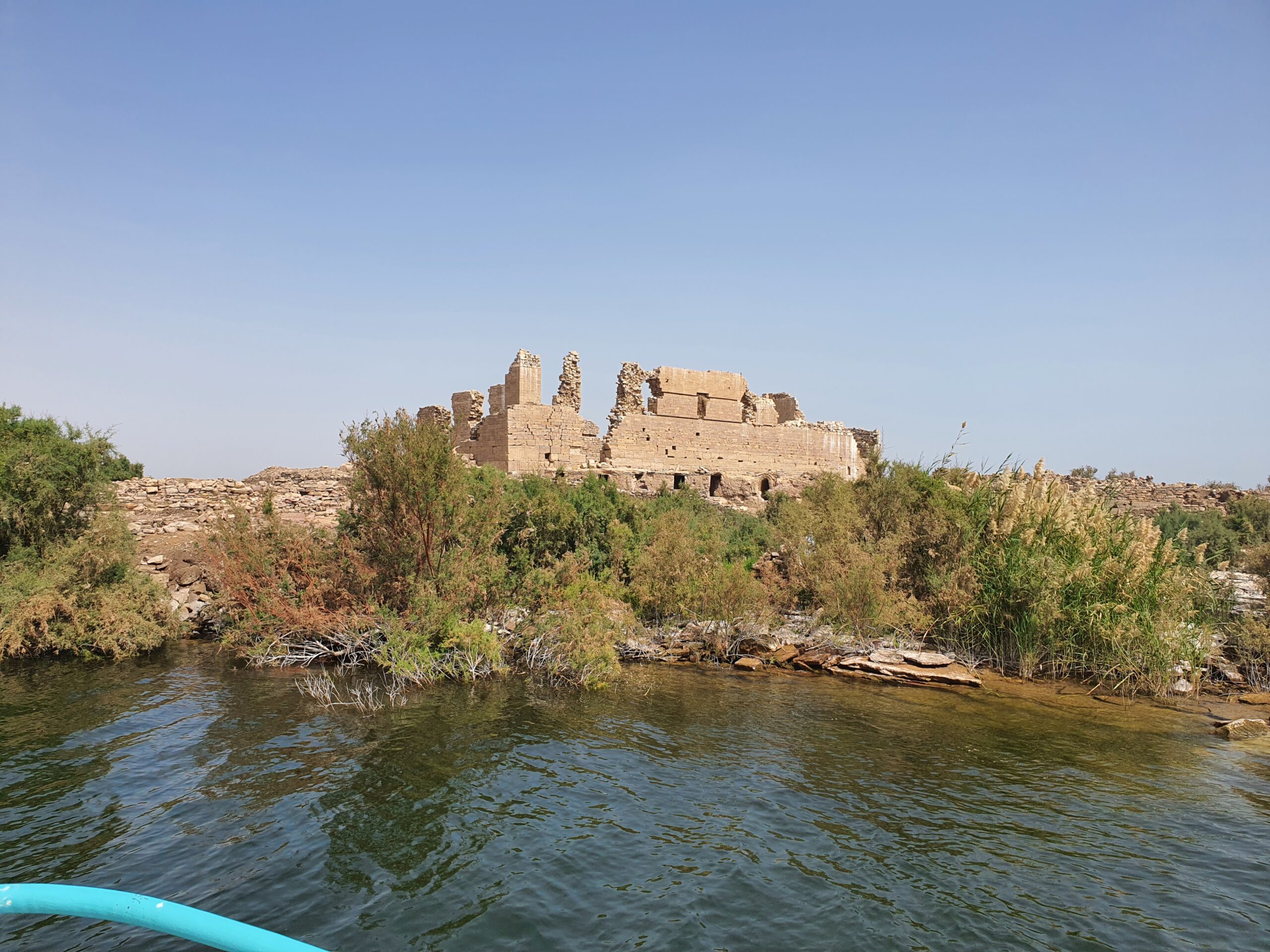
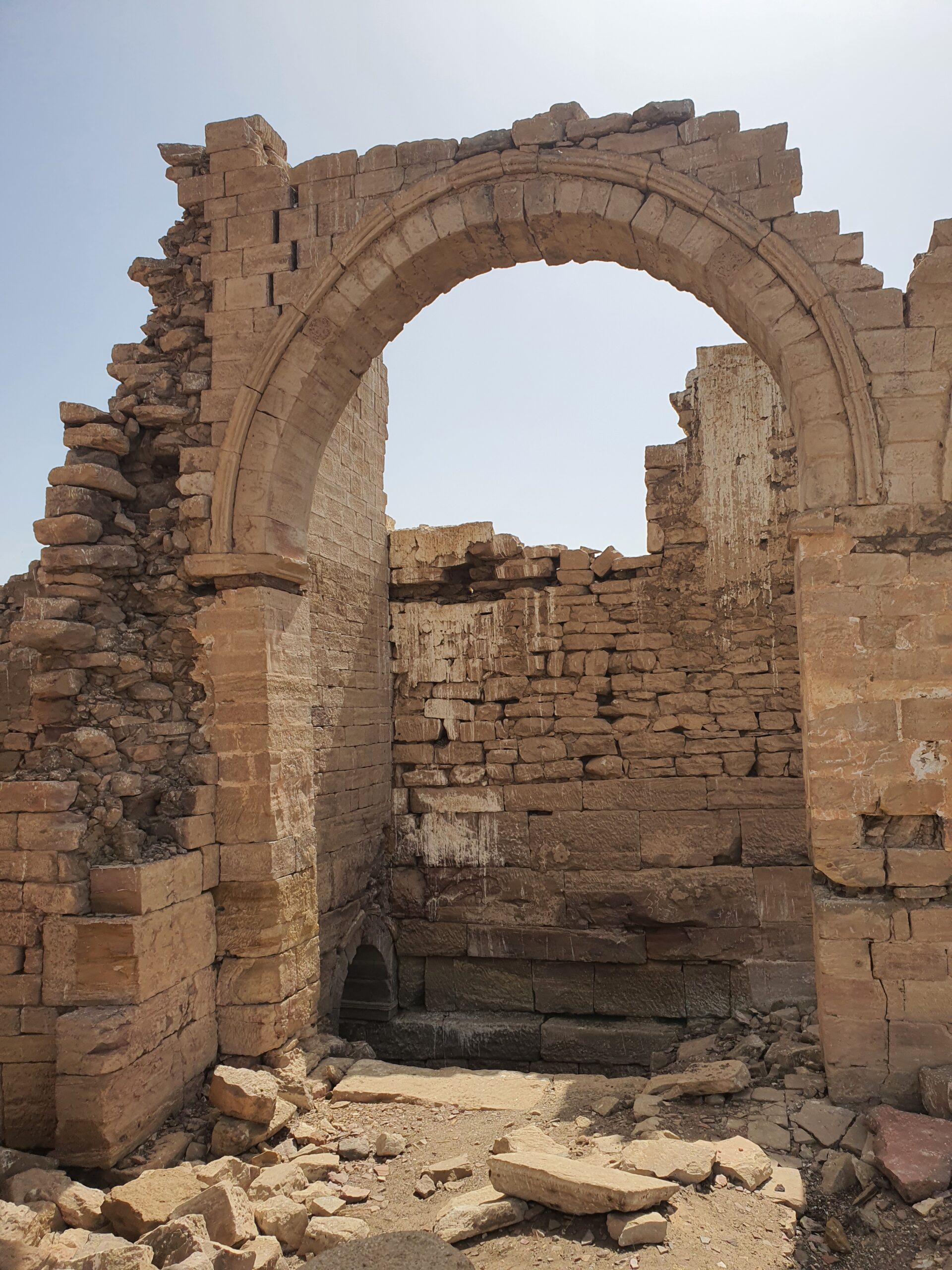
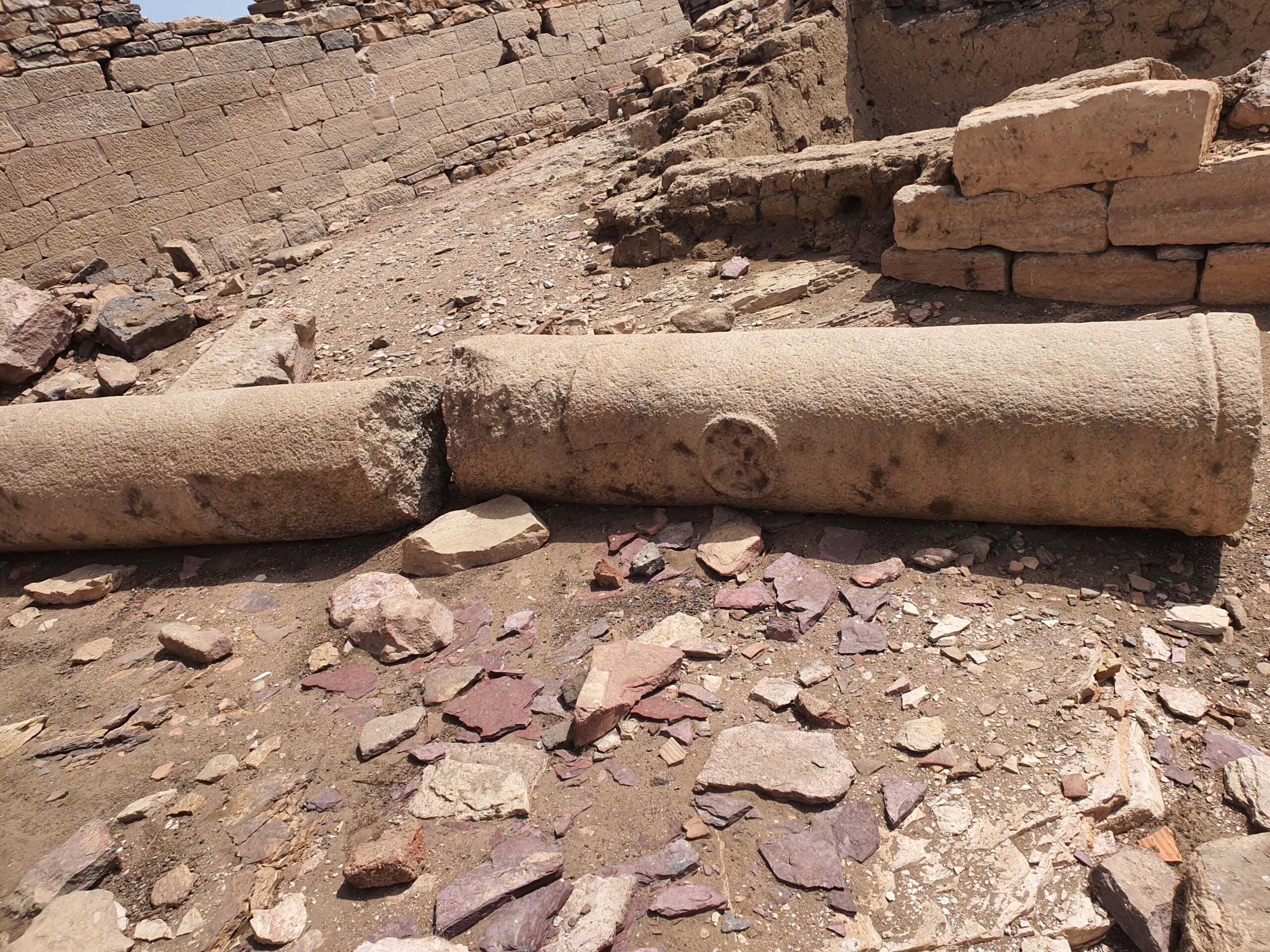
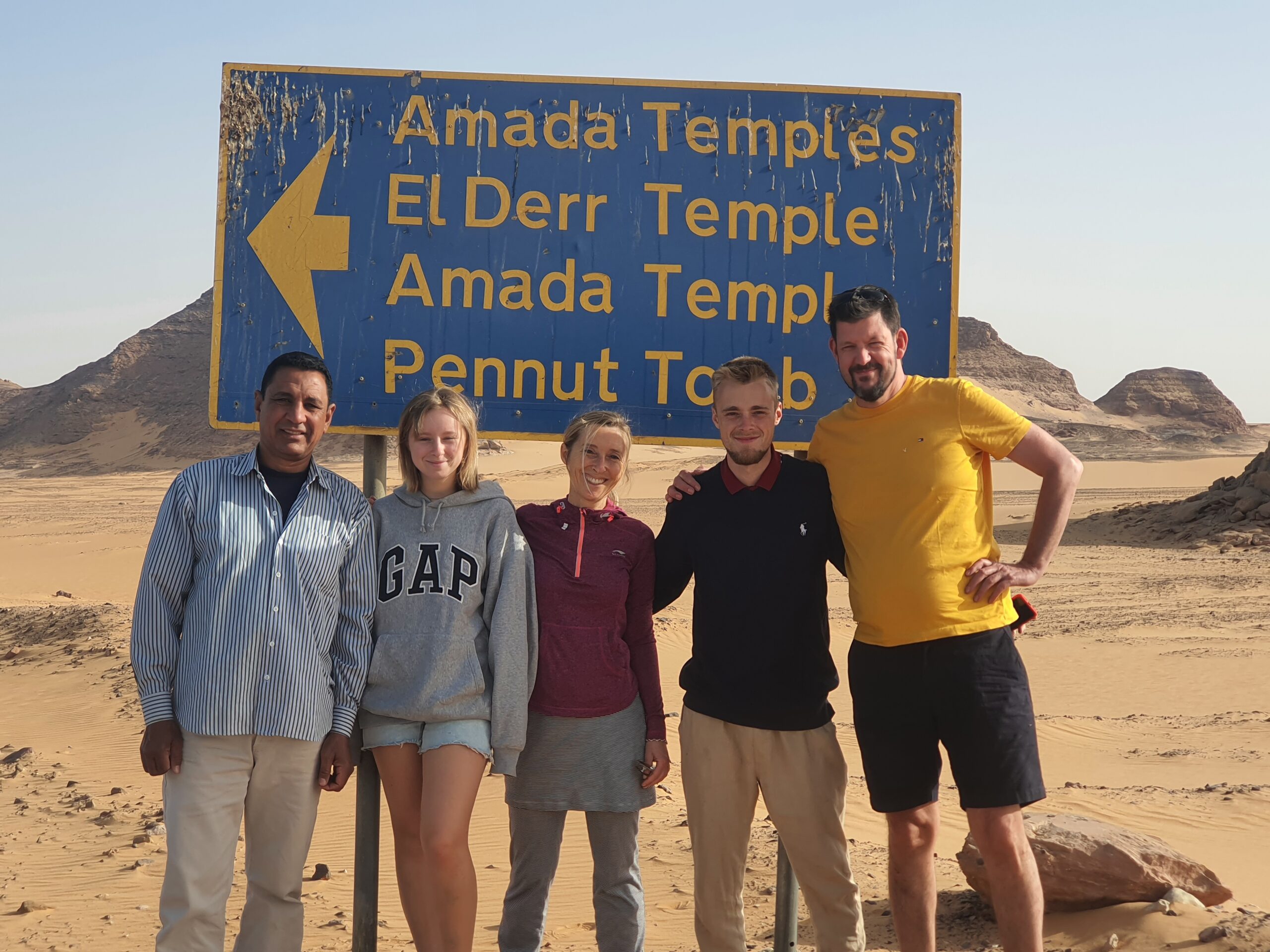
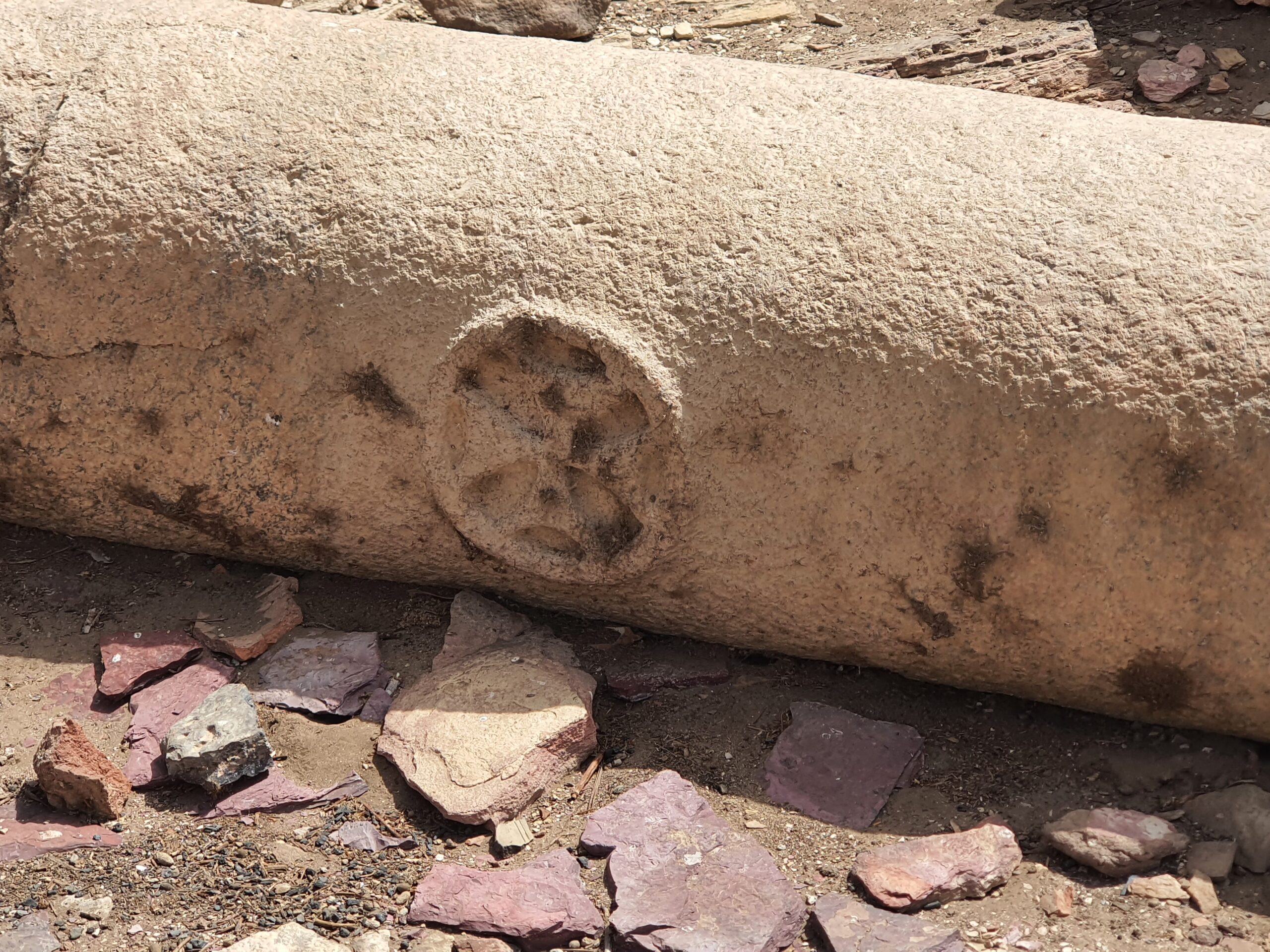



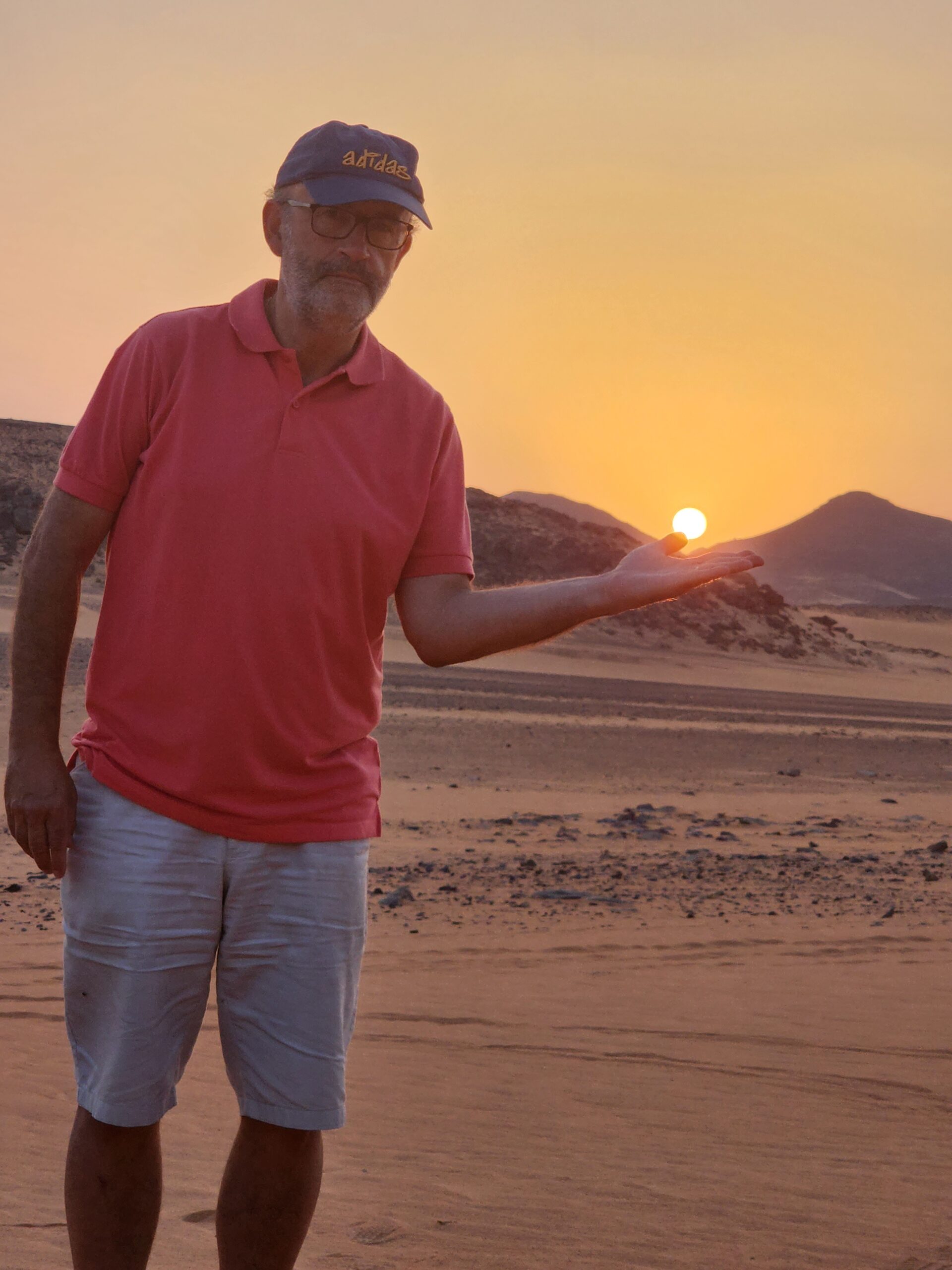
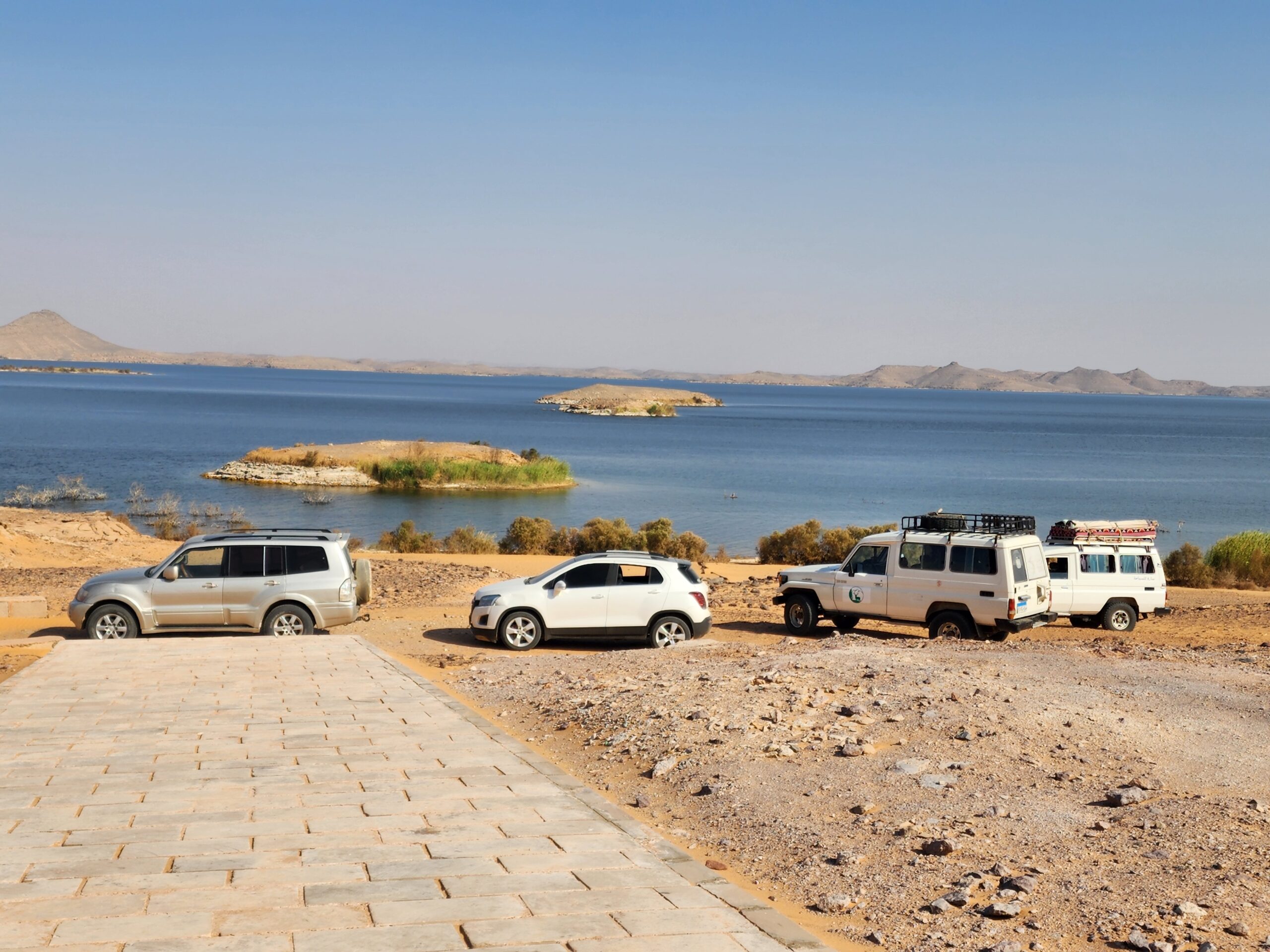
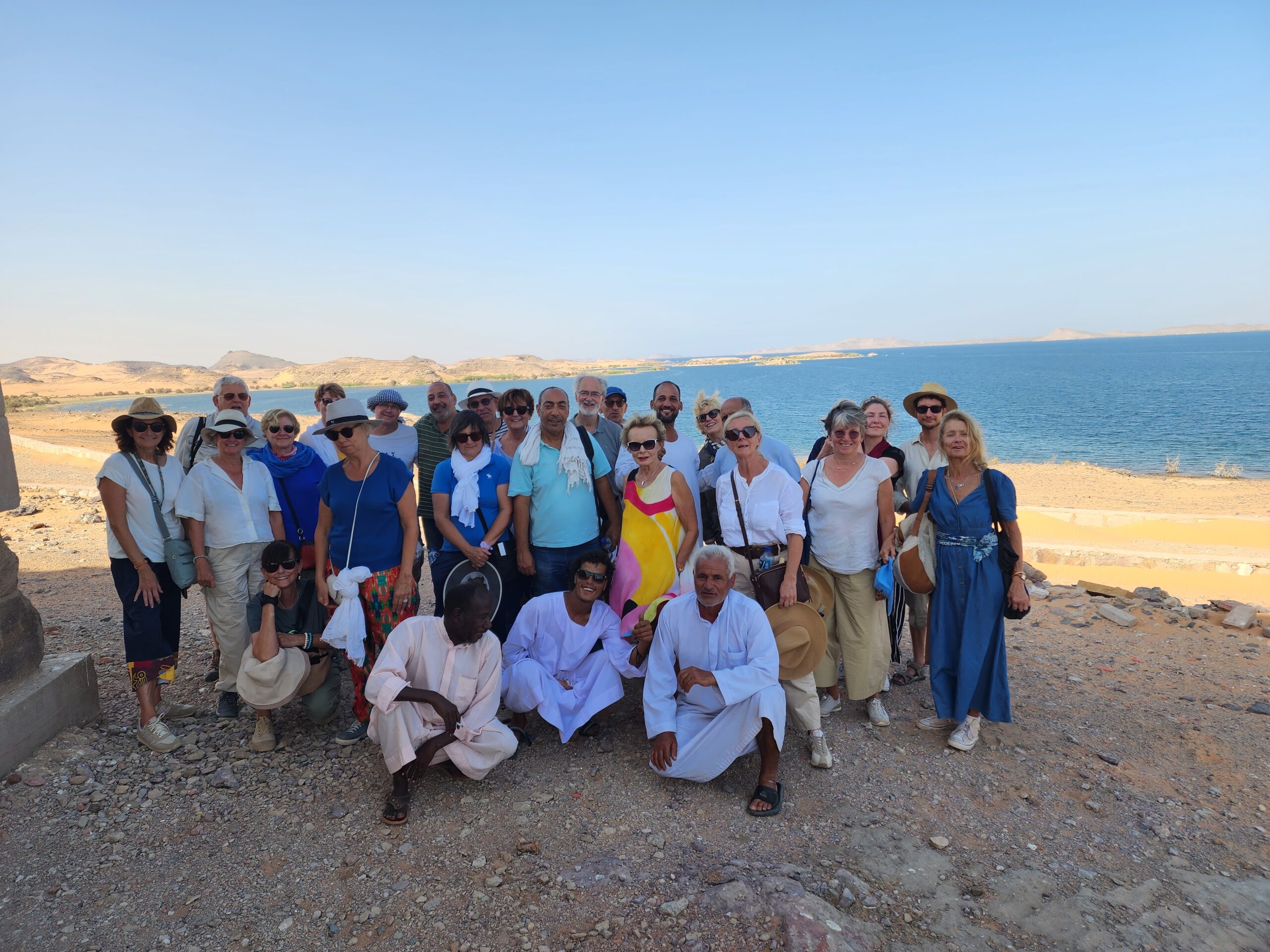
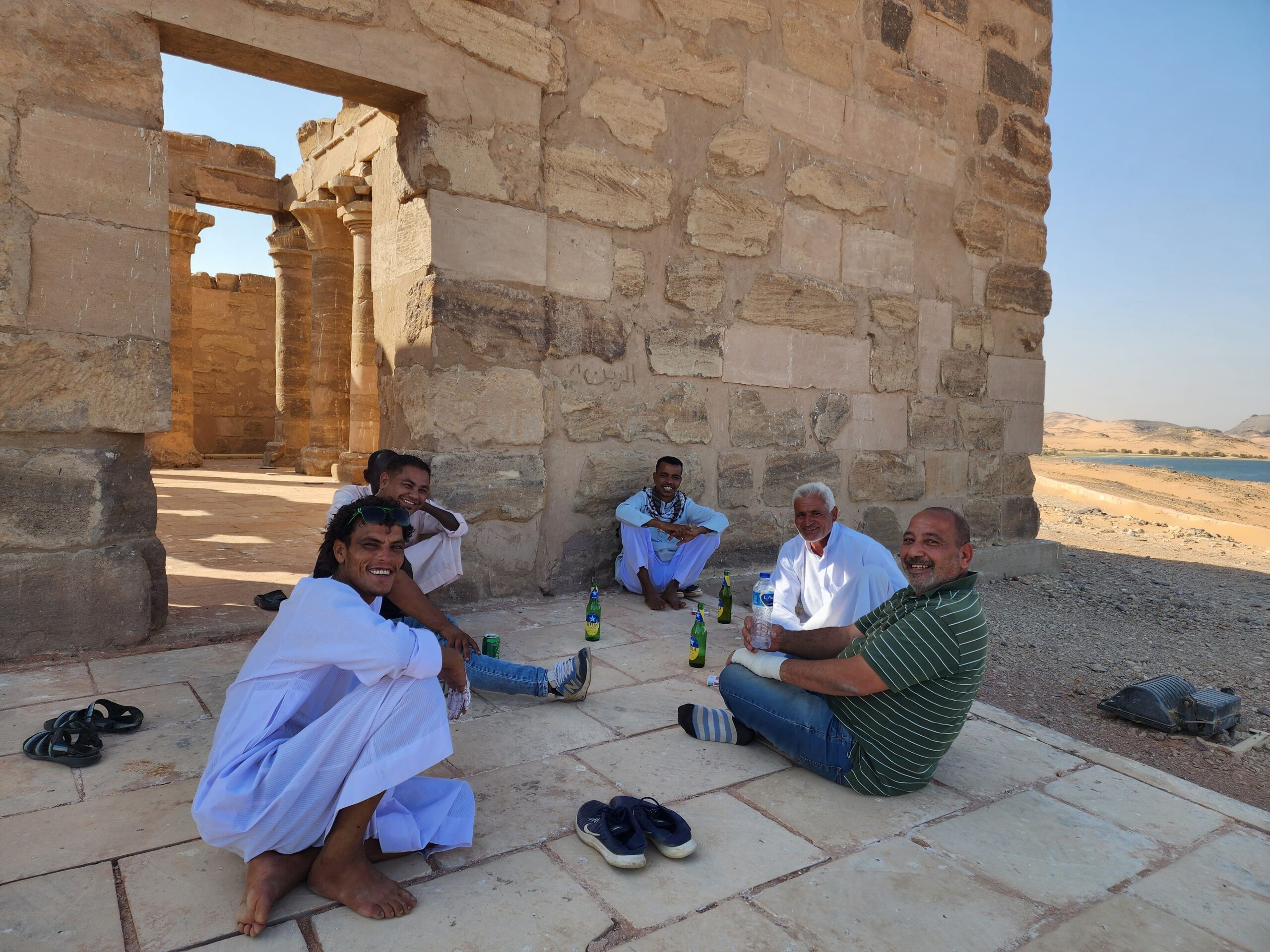
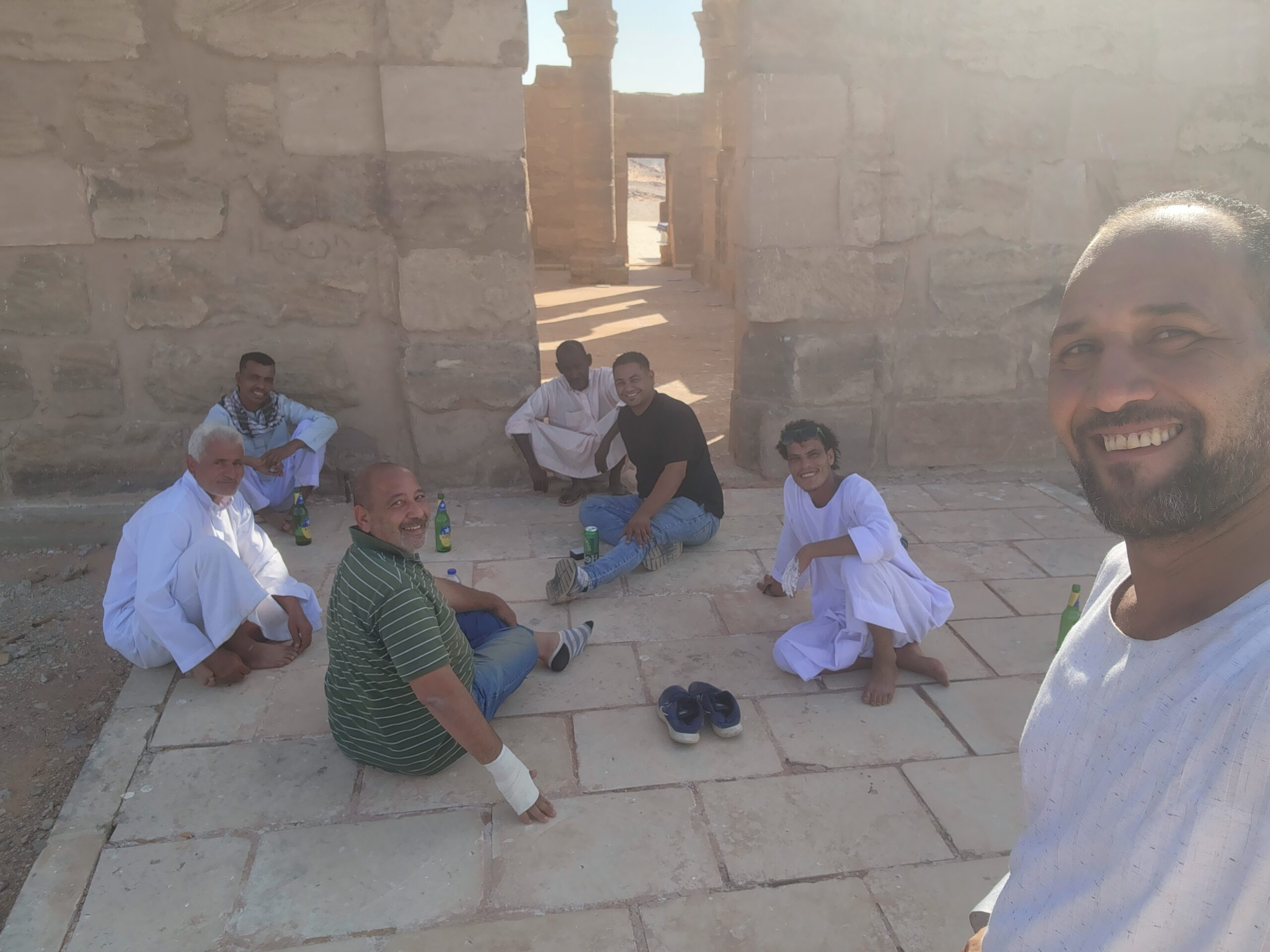
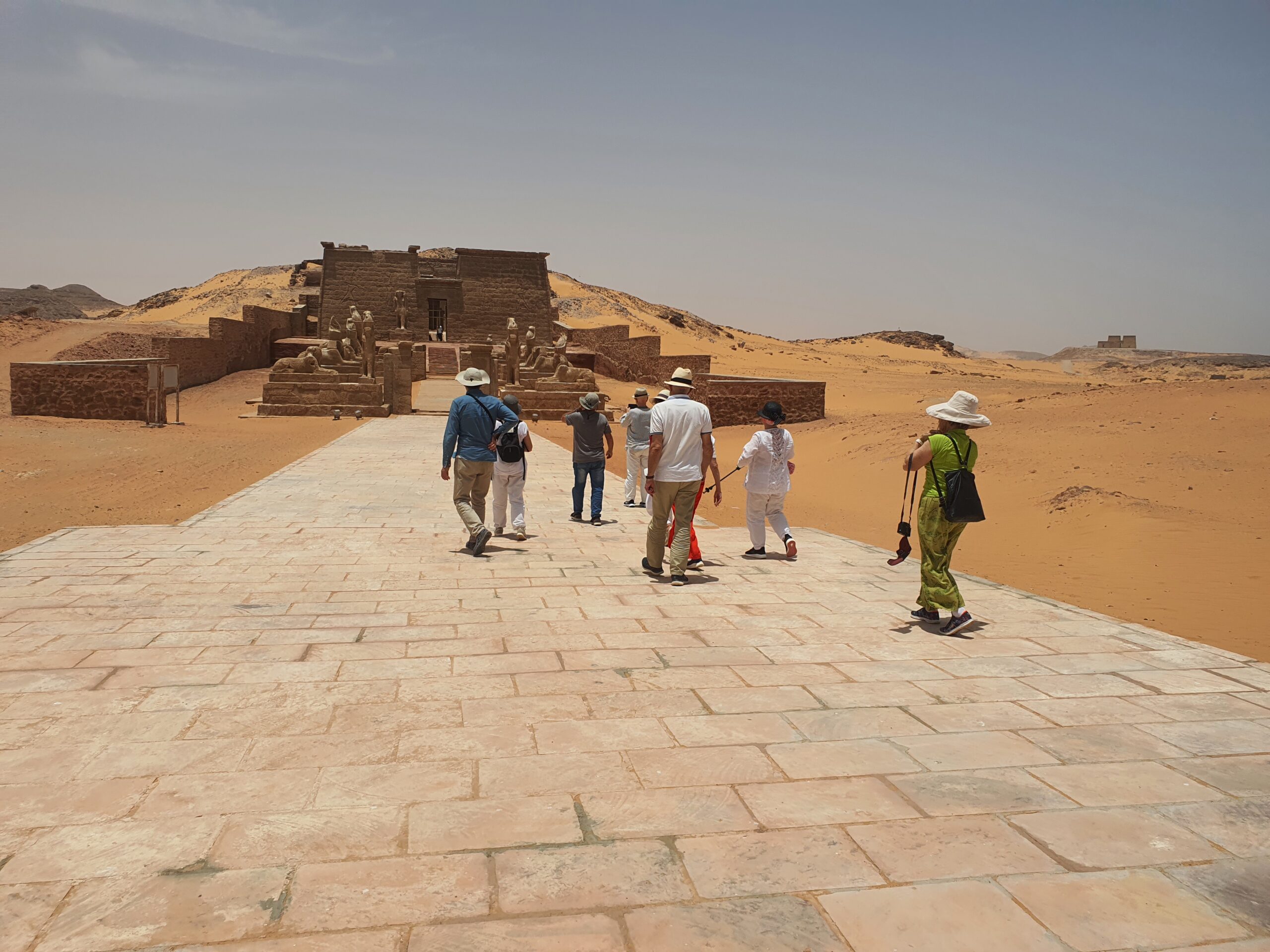
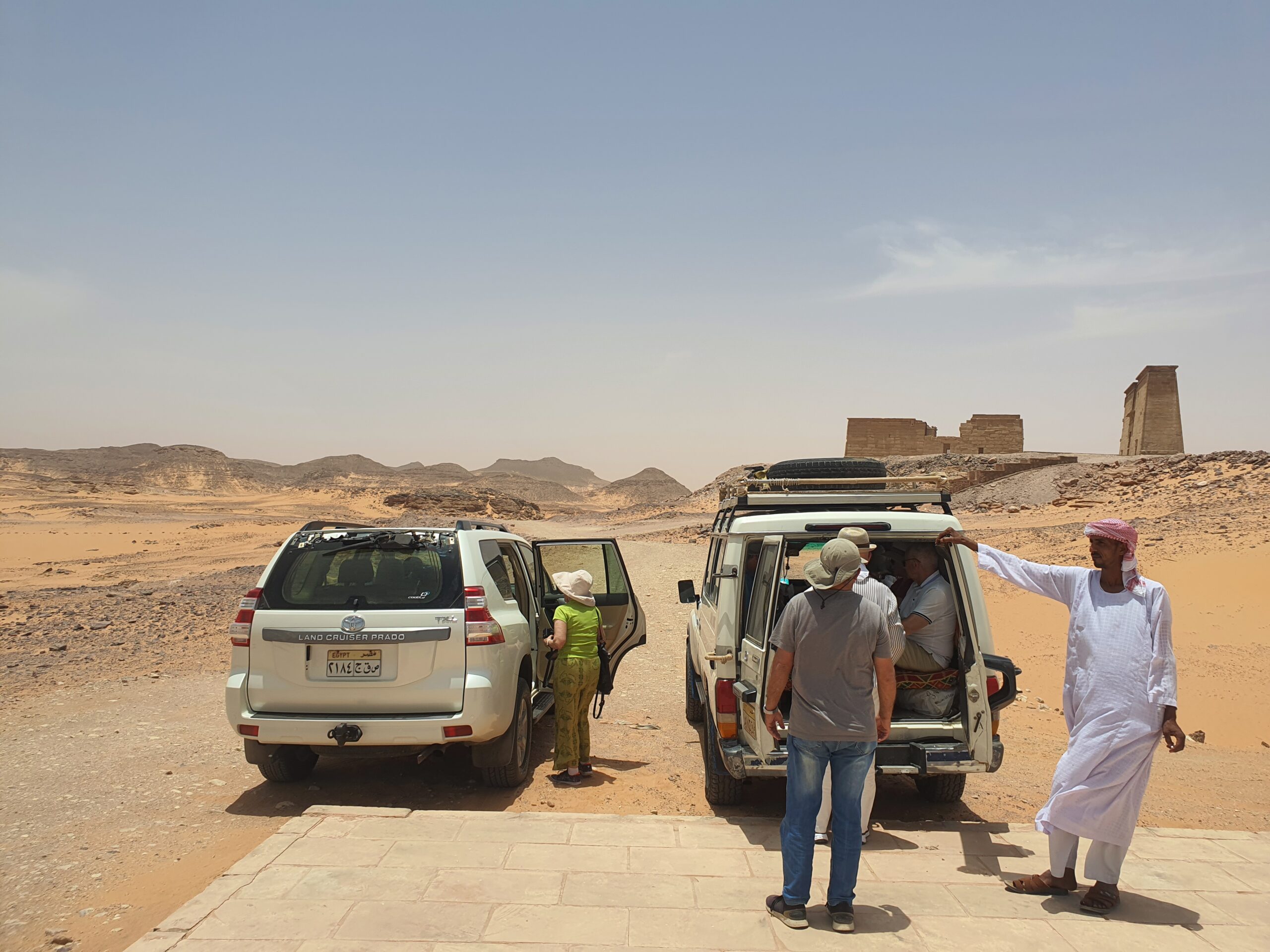
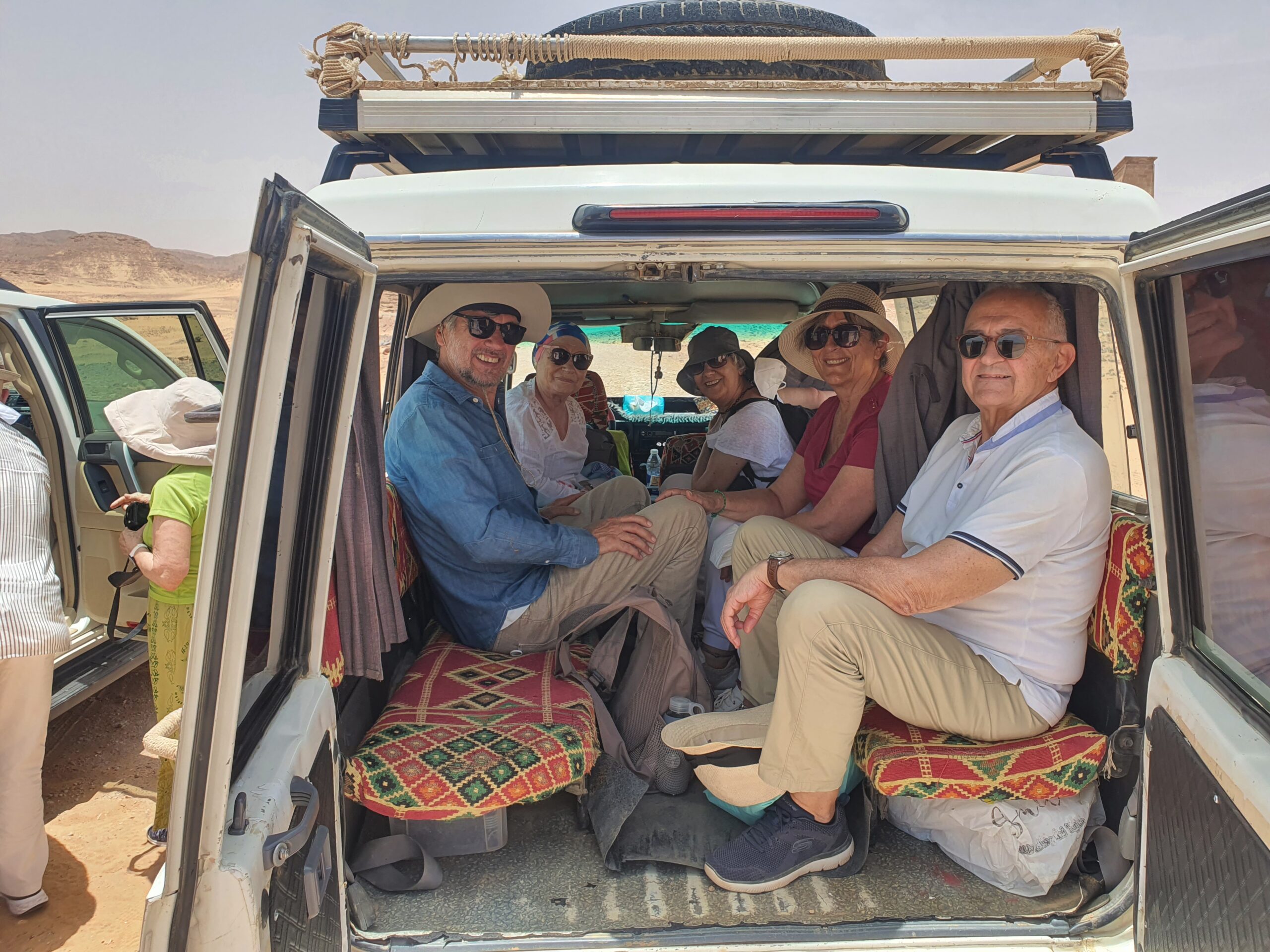


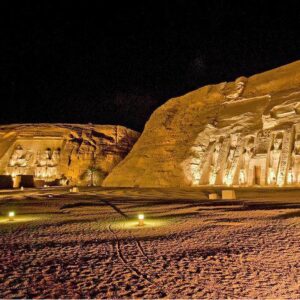
Reviews
There are no reviews yet.